Natan Liss
Efficient non-uniform quantizer for quantized neural network targeting reconfigurable hardware
Nov 27, 2018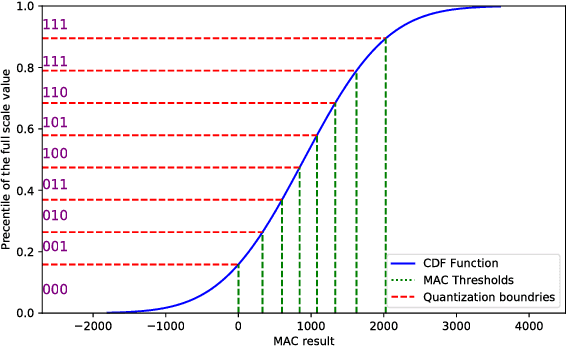
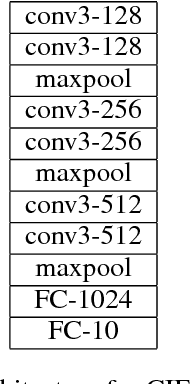
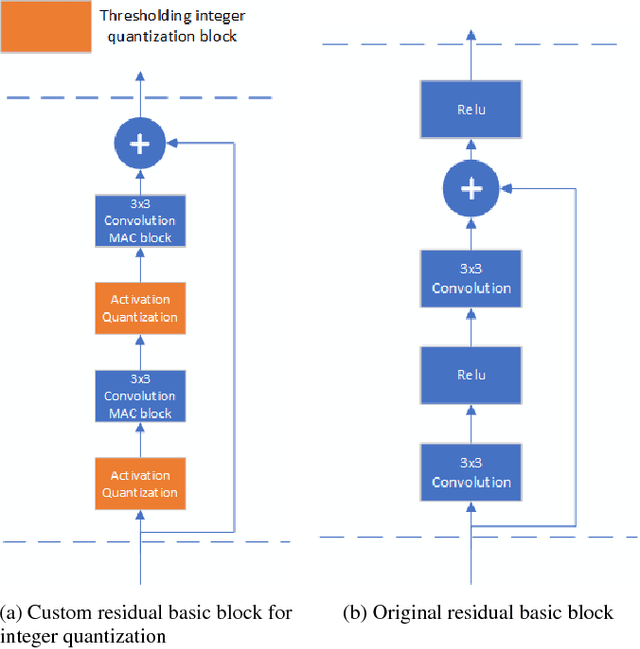
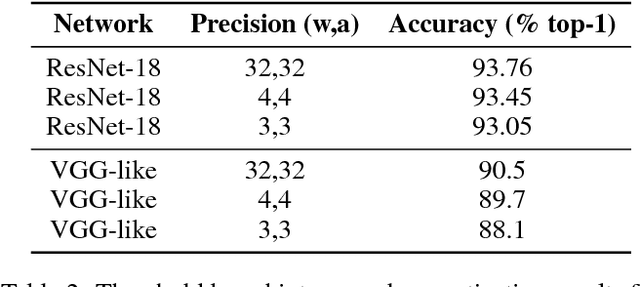
Abstract:Convolutional Neural Networks (CNN) has become more popular choice for various tasks such as computer vision, speech recognition and natural language processing. Thanks to their large computational capability and throughput, GPUs ,which are not power efficient and therefore does not suit low power systems such as mobile devices, are the most common platform for both training and inferencing tasks. Recent studies has shown that FPGAs can provide a good alternative to GPUs as a CNN accelerator, due to their re-configurable nature, low power and small latency. In order for FPGA-based accelerators outperform GPUs in inference task, both the parameters of the network and the activations must be quantized. While most works use uniform quantizers for both parameters and activations, it is not always the optimal one, and a non-uniform quantizer need to be considered. In this work we introduce a custom hardware-friendly approach to implement non-uniform quantizers. In addition, we use a single scale integer representation of both parameters and activations, for both training and inference. The combined method yields a hardware efficient non-uniform quantizer, fit for real-time applications. We have tested our method on CIFAR-10 and CIFAR-100 image classification datasets with ResNet-18 and VGG-like architectures, and saw little degradation in accuracy.
UNIQ: Uniform Noise Injection for Non-Uniform Quantization of Neural Networks
Oct 02, 2018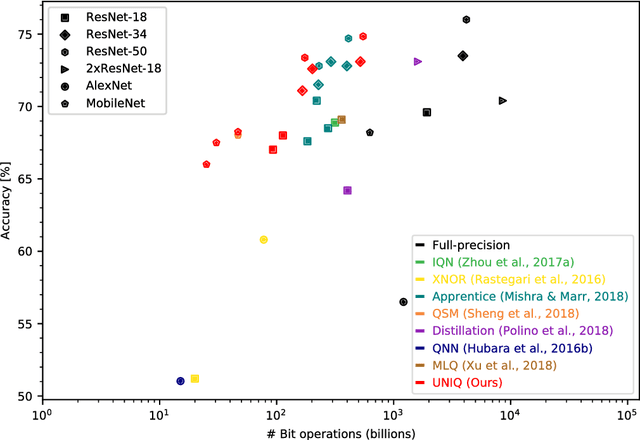
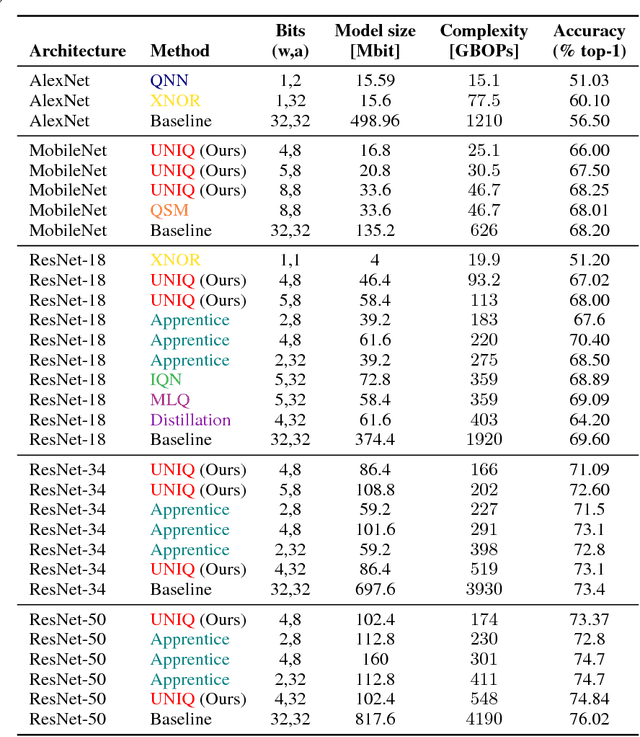
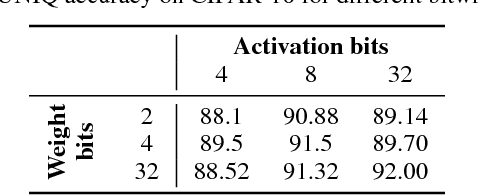
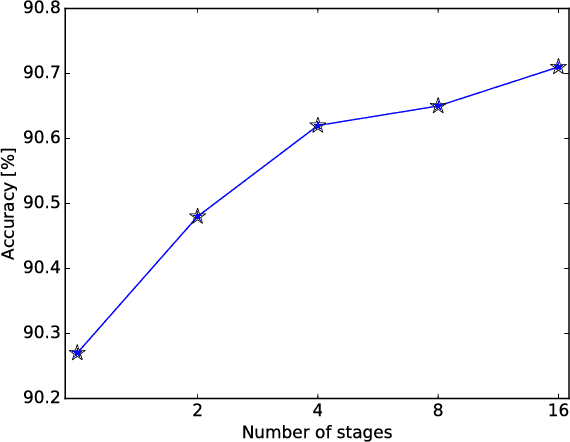
Abstract:We present a novel method for neural network quantization that emulates a non-uniform $k$-quantile quantizer, which adapts to the distribution of the quantized parameters. Our approach provides a novel alternative to the existing uniform quantization techniques for neural networks. We suggest to compare the results as a function of the bit-operations (BOPS) performed, assuming a look-up table availability for the non-uniform case. In this setup, we show the advantages of our strategy in the low computational budget regime. While the proposed solution is harder to implement in hardware, we believe it sets a basis for new alternatives to neural networks quantization.
NICE: Noise Injection and Clamping Estimation for Neural Network Quantization
Oct 02, 2018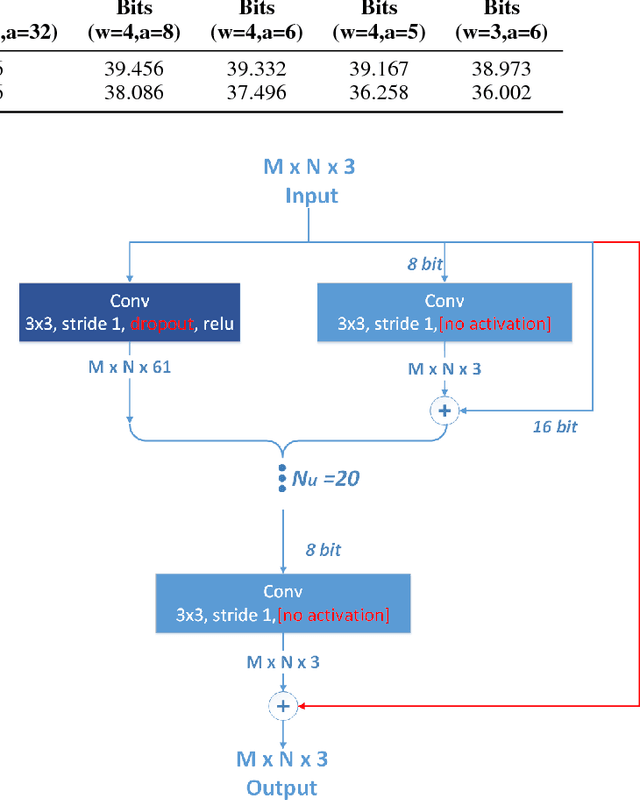
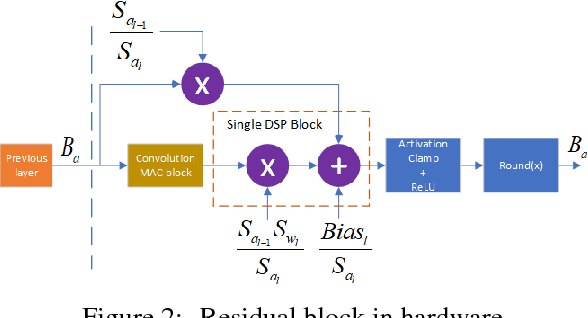
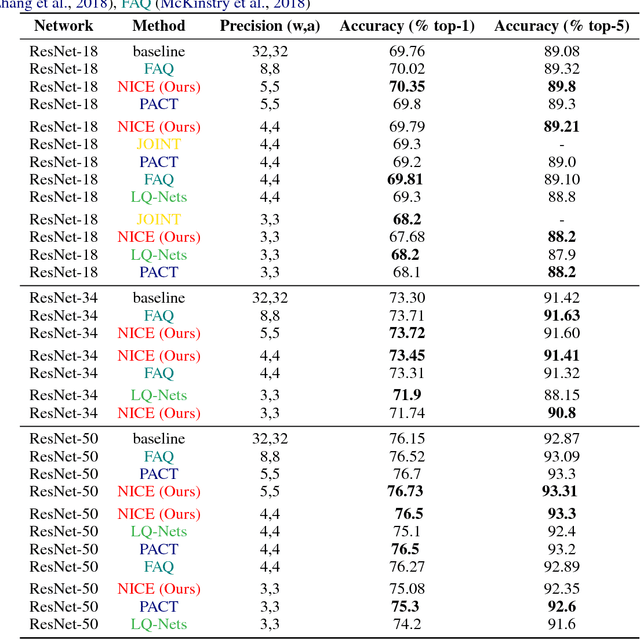

Abstract:Convolutional Neural Networks (CNN) are very popular in many fields including computer vision, speech recognition, natural language processing, to name a few. Though deep learning leads to groundbreaking performance in these domains, the networks used are very demanding computationally and are far from real-time even on a GPU, which is not power efficient and therefore does not suit low power systems such as mobile devices. To overcome this challenge, some solutions have been proposed for quantizing the weights and activations of these networks, which accelerate the runtime significantly. Yet, this acceleration comes at the cost of a larger error. The \uniqname method proposed in this work trains quantized neural networks by noise injection and a learned clamping, which improve the accuracy. This leads to state-of-the-art results on various regression and classification tasks, e.g., ImageNet classification with architectures such as ResNet-18/34/50 with low as 3-bit weights and activations. We implement the proposed solution on an FPGA to demonstrate its applicability for low power real-time applications. The implementation of the paper is available at https://github.com/Lancer555/NICE
Streaming Architecture for Large-Scale Quantized Neural Networks on an FPGA-Based Dataflow Platform
Mar 13, 2018
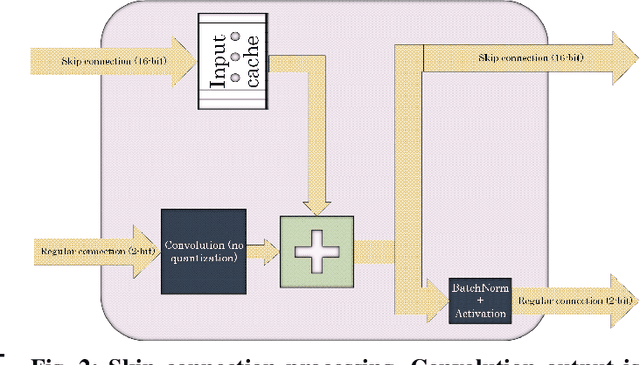
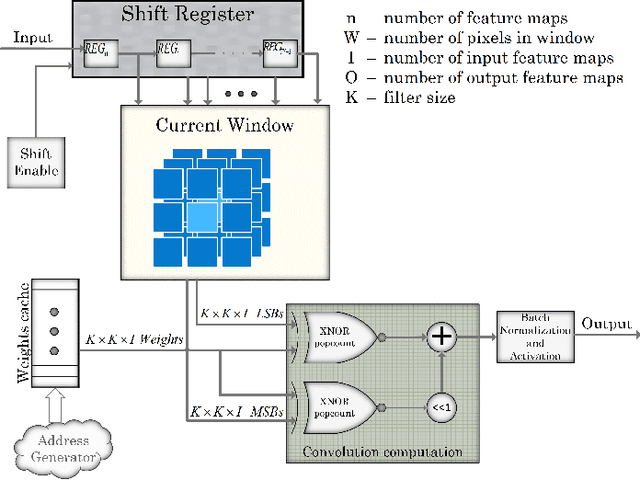
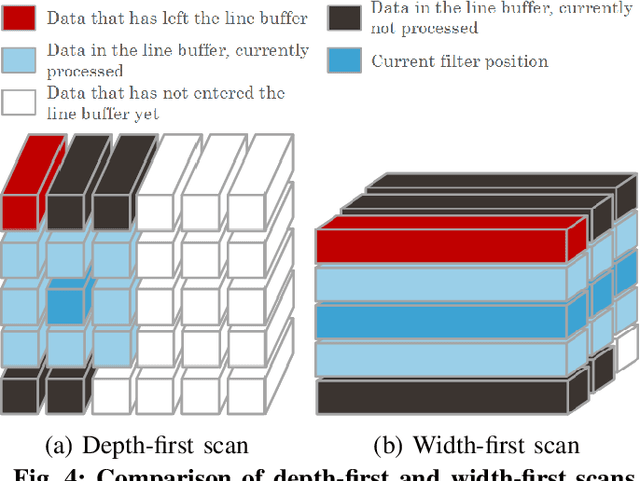
Abstract:Deep neural networks (DNNs) are used by different applications that are executed on a range of computer architectures, from IoT devices to supercomputers. The footprint of these networks is huge as well as their computational and communication needs. In order to ease the pressure on resources, research indicates that in many cases a low precision representation (1-2 bit per parameter) of weights and other parameters can achieve similar accuracy while requiring less resources. Using quantized values enables the use of FPGAs to run NNs, since FPGAs are well fitted to these primitives; e.g., FPGAs provide efficient support for bitwise operations and can work with arbitrary-precision representation of numbers. This paper presents a new streaming architecture for running QNNs on FPGAs. The proposed architecture scales out better than alternatives, allowing us to take advantage of systems with multiple FPGAs. We also included support for skip connections, that are used in state-of-the art NNs, and shown that our architecture allows to add those connections almost for free. All this allowed us to implement an 18-layer ResNet for 224x224 images classification, achieving 57.5% top-1 accuracy. In addition, we implemented a full-sized quantized AlexNet. In contrast to previous works, we use 2-bit activations instead of 1-bit ones, which improves AlexNet's top-1 accuracy from 41.8% to 51.03% for the ImageNet classification. Both AlexNet and ResNet can handle 1000-class real-time classification on an FPGA. Our implementation of ResNet-18 consumes 5x less power and is 4x slower for ImageNet, when compared to the same NN on the latest Nvidia GPUs. Smaller NNs, that fit a single FPGA, are running faster then on GPUs on small (32x32) inputs, while consuming up to 20x less energy and power.
 Add to Chrome
Add to Chrome Add to Firefox
Add to Firefox Add to Edge
Add to Edge